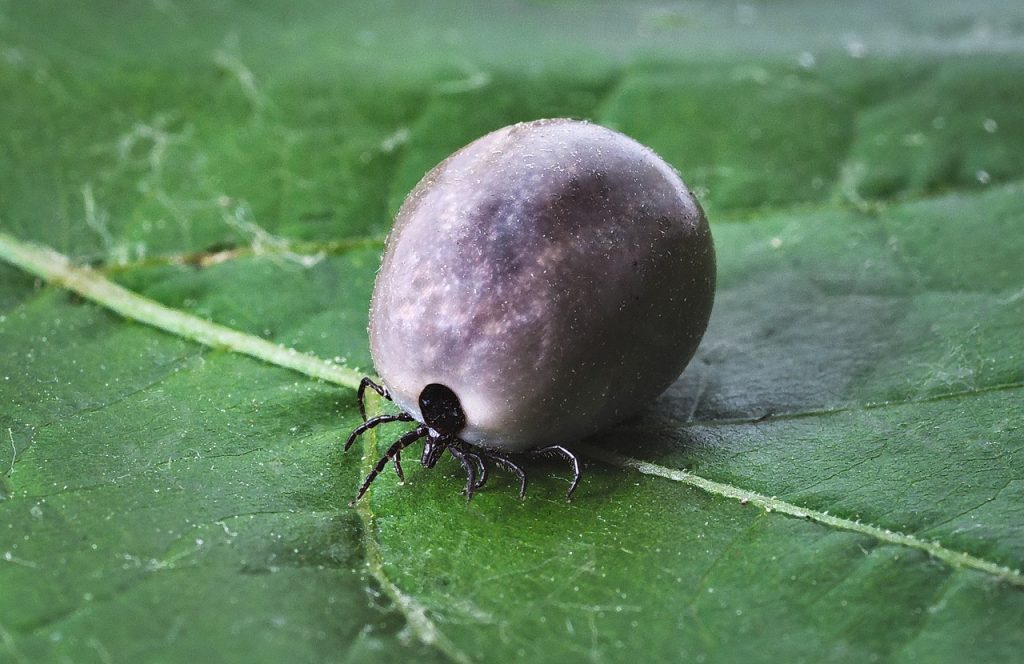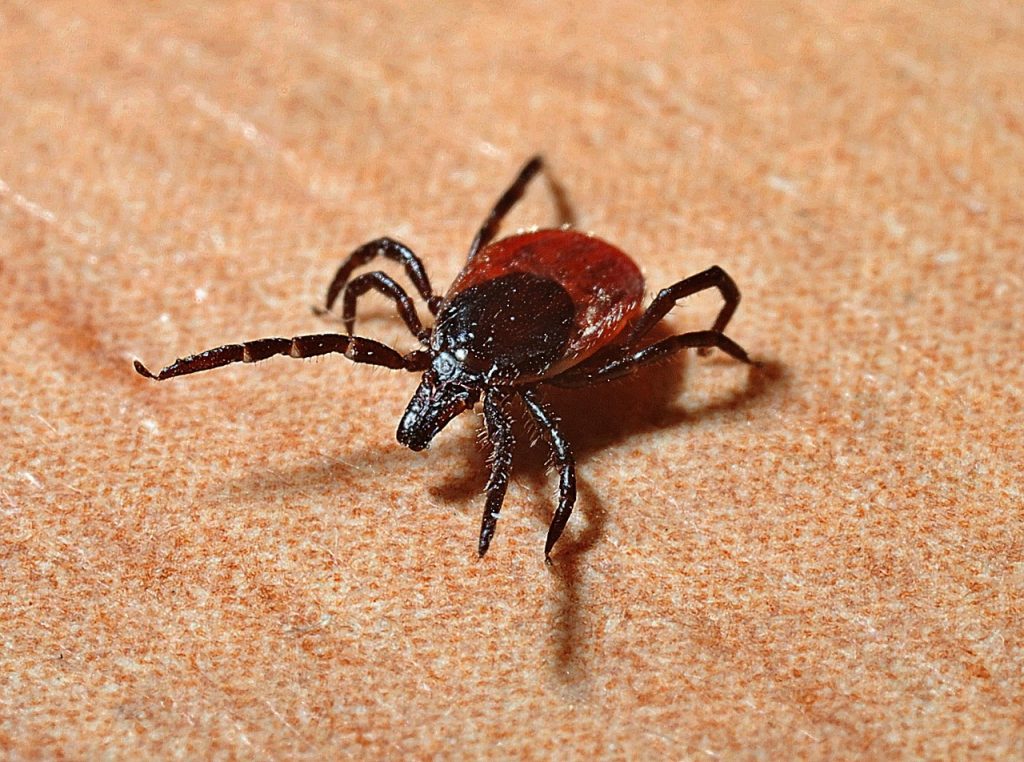The UK is experiencing a renewed focus on Lyme disease as cases climb and experts urge the public to stay vigilant, especially during the summer months when outdoor activity peaks. With rising temperatures and changes in wildlife patterns, more Britons are at risk than ever before. Here’s what you need to know about Lyme disease, its symptoms, the latest case numbers, and how to protect yourself.
Understanding Lyme Disease
Lyme disease is a bacterial infection transmitted by the bite of infected ticks, most commonly found in grassy or wooded areas. The bacteria behind Lyme disease is Borrelia burgdorferi. Not all ticks carry the bacteria, but those that do can pass on the infection if they remain attached to the skin for several hours. What makes Lyme disease particularly tricky is that the tick bite itself is often painless, and the tick which can be as small as a poppy seed may go unnoticed.
Latest UK Data and Regional Trends
Recent data from the UK Health Security Agency (UKHSA) highlights that there were 1,581 laboratory-confirmed cases of Lyme disease in 2024, with a warning that the true number is likely higher due to cases that go unreported or undiagnosed. The majority of these cases were recorded in the South West, South East, and London, regions renowned for their green spaces and outdoor attractions.
The number of confirmed cases has fluctuated in recent years, but the general trend since data collection began in 2005 has been upward. This is partly due to improved surveillance, better diagnostics, and greater public awareness. Warmer summers and expanded tick habitats have also contributed to the rise in cases, making vigilance more important than ever.
When Are You Most at Risk?
Tick exposure peaks in spring and summer as more people head to parks, woods, and fields to enjoy the British countryside. While most ticks are not infected, around 4% in England and Wales carry the bacteria that causes Lyme disease, with some high-risk areas reporting up to 10% of ticks infected. Spending time outdoors is safe so long as you take simple precautions, like sticking to well-marked paths and checking yourself, your children, and pets for ticks after outings.
Common Symptoms: What to Look Out For
The early symptoms of Lyme disease can be subtle and easily mistaken for other conditions. The most notable early warning sign is a spreading circular rash, often described as a ‘bullseye’ pattern, which may appear between 3 and 30 days after a bite. However, not everyone develops this rash.
Nerve pains, numbness, or even facial drooping in more severe cases.
If you notice any of these symptoms after spending time outdoors, especially if combined with a rash, it’s important to seek advice from your GP or NHS 111. Early intervention is critical, as prompt treatment can prevent the disease from progressing to more severe stages.

How is Lyme Disease Diagnosed and Treated?
Diagnosis of Lyme disease in the UK often relies on a combination of clinical symptoms and blood tests. However, tests may not be accurate in the first few weeks, as it takes time for the body to respond. If a classic rash is present, doctors will often start treatment immediately, even before test results return.
Treatment is straightforward in most cases. GPs typically prescribe a course of antibiotics—either doxycycline or amoxicillin—for 2 to 4 weeks. Starting treatment early is crucial, as it helps prevent long-term complications such as joint or nerve problems. While most patients recover fully, a small minority experience lingering symptoms, sometimes called ‘post-Lyme syndrome’.
It is important to complete your entire course of antibiotics, even if you start to feel better. In severe cases, such as when the nervous system or heart is involved, you may need intravenous antibiotics in hospital. There is little evidence to support alternative therapies offered online, and the NHS cautions against using unproven tests or treatments.
How to Prevent Tick Bites
While you can never reduce the risk to zero, a few practical steps can lower your chance of being harmed
Cover exposed skin and tuck trousers into socks when walking in long grass.
Use insect repellent containing DEET on clothing and skin.
Stick to footpaths and avoid brushing against vegetation.
Check yourself and your pets for ticks after returning from the outdoors.
Remove any tick promptly and safely using a tick removal tool or fine-tipped tweezers, not regular tweezers, which can squash the tick.
Expert Insight and the Bigger Picture
Consultant microbiologist Christina Petridou at UKHSA recently stated how vital it is to remain ‘tick aware’ in the summer. “After spending time in nature, people should take precautions such as checking for ticks and promptly and safely removing them which will reduce chances of infection,” she said.
Although confirmed case numbers remain relatively low compared to other common infections, the impact on affected individuals can be significant. This underscores the need for public education and prompt medical attention when symptoms arise.
Why Lyme Disease Is Back in the Headlines
Lyme disease has gained extra attention recently, both due to rising case numbers and because celebrities such as Justin Timberlake have shared their own struggles with the illness, shining a light on its impact. Media coverage and health agency warnings have combined to reinforce the importance of prevention and early action.
Final Thoughts for UK Readers
With millions set to make the most of the outdoors this summer, the message from health professionals is clear: enjoy nature but check for ticks. Promoting awareness, encouraging prompt treatment, and taking sensible preventative measures can help keep Lyme disease at bay. If you suspect you may have Lyme disease, do not delay speak to your GP or call NHS 111 for advice. Early recognition and treatment make all the difference for a full recovery.
Read more;click here



